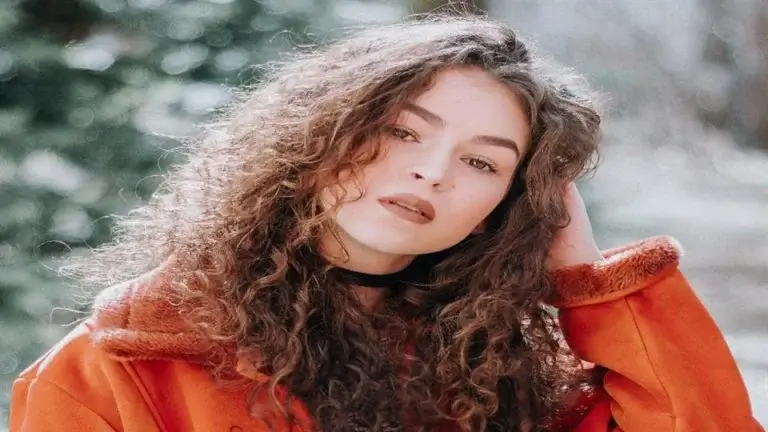Aspect ratio photography or videography is an important consideration. Whether taking a picture or recording a video. 16:9 and 4:3 are two of the most prevalent aspect ratios in media. But which one is ideal for you and your work or project? Various aspect ratios are more advantageous than others, depending on your project’s goals.
The aspect ratio definition will be explained in detail in this section. With a width-to-height ratio of 78 percent, 16:9 is great for video. So you can fit more horizontally while still optimizing your video for current displays. Which makes it simpler to fit more horizontally.
On the other hand, a 4:3 aspect ratio performs better for post-production photography. Because it’s just 33 percent wider than tall. Choosing the perfect aspect ratio can be very tough. Especially, If you’re not familiar with the distinctions between aspect ratios. To help you select between 16:9 & 4:3, let’s go over the many sorts of aspect ratios you’ll often film with.
What Is Aspect Ratio and What Does It Mean?
Regarding your image’s aspect ratio, it’s the difference between its width and its height. So a 16:9 A-frame would be 16 inches wide by 9 inches long, for example. In pictures and videos, there are a variety of aspect ratios to select from.
Although there are many more aspect ratios than 16:9 and 4:3. They are the two most popular in photography and video. In contemporary photography, a third popular aspect ratio is 3:2. This is equivalent to the 35mm in size of a full-frame sensor.
With each aspect ratio adjustment, your camera learns which portions of your frame you wish to record. Because of the 16:9 ratio, you will have a lower horizontal resolution.
But it will appear better on most modern TVs and computer monitors. As a result, the aspect ratio is usually set based on the intended usage of the photo or video. Following is a diagram showing the three most popular aspect ratios.

Wrong Aspect Ratio Photography: What Happens?
As a result, photographs and videos with an aspect ratio that does not match the display will be chopped or distorted. Using a 4:3 aspect ratio on a 16:9 monitor, for example, will result in a border on each end of your image.

If you want your 4:3 image to fill the 16:9 monitor’s screen width, it will either be distorted or heavily chopped.

The very same approach applies if you wish to present a 16:9 picture in a 4:3 layout, such as an 8X10 printed photograph with a 4:3 aspect ratio.

It’s critical to utilize the right aspect ratio before taking a photo or video since you’ll have to distort or drastically crop it later.
Differences Between 16:9 vs 4:3 vs 3:2 Aspect Ratio
By using a 16:9 aspect ratio, you’ll end up with a picture that’s 78% wider than it is high. This ratio generates an image that’s 33 percent wider than it is tall. As a result, 16:9 captures more information horizontally than 4:3, which records more information vertically. Here’s a comparison of the identical image in a 16:9 ratio vs a 4:3 ratio.


Where did the 4:3 Ratio Come From?
In the early years of television, in the 1940s, the 4:3 aspect ratio was the standard. For those of you who have fond memories of the square-shaped television set owned by your parents or grandparents. This was because early TVs were built to display 4:3 images, which were utilized in silent films.
As a result of the addition of sound to films, the aspect ratio was somewhat changed. A 1.37:1 ratio was used instead of a 4:3 ratio (1.33:1). An increase of 4 percent in frame width.
When Did We Start Using the 16:9 Aspect Ratio?
Moviemakers and theaters were concerned that as home televisions became more popular, they would be driven out of business. To attract more viewers, they changed the aspect ratio of their films from 4:3 to 16:9. Films felt more engaging and larger than life with a wider frame.
This was a success, and more people went to the movies instead of remaining at home and watching television. Most television and film productions still utilize the 16:9 aspect ratio today.
What is the Best Aspect Ratio Photography to Use?
Depending on the project and whether you’re taking photos or video, the best aspect ratio to utilize may vary. Shoot video in 16:9 aspect ratios and pictures in 4:3 or 3:2 aspect ratios as a general rule. As a result, if you’re unsure, this baseline is a great place to start.
Any recent digital camera menu options allow you to adjust the aspect ratio you shoot in. Experiment around with the aspect ratios on your camera the next time you’re out capturing photographs or video to see what you can come up with. You now understand the differences between 16:9 and 3:2 aspect ratios in photography and video.
In the end, the aspect ratio merely determines the frame’s width and height. Which one you should choose depends entirely on how you want to present your photographs once they’ve been taken. After all, it’s all about the pleasure of watching!

